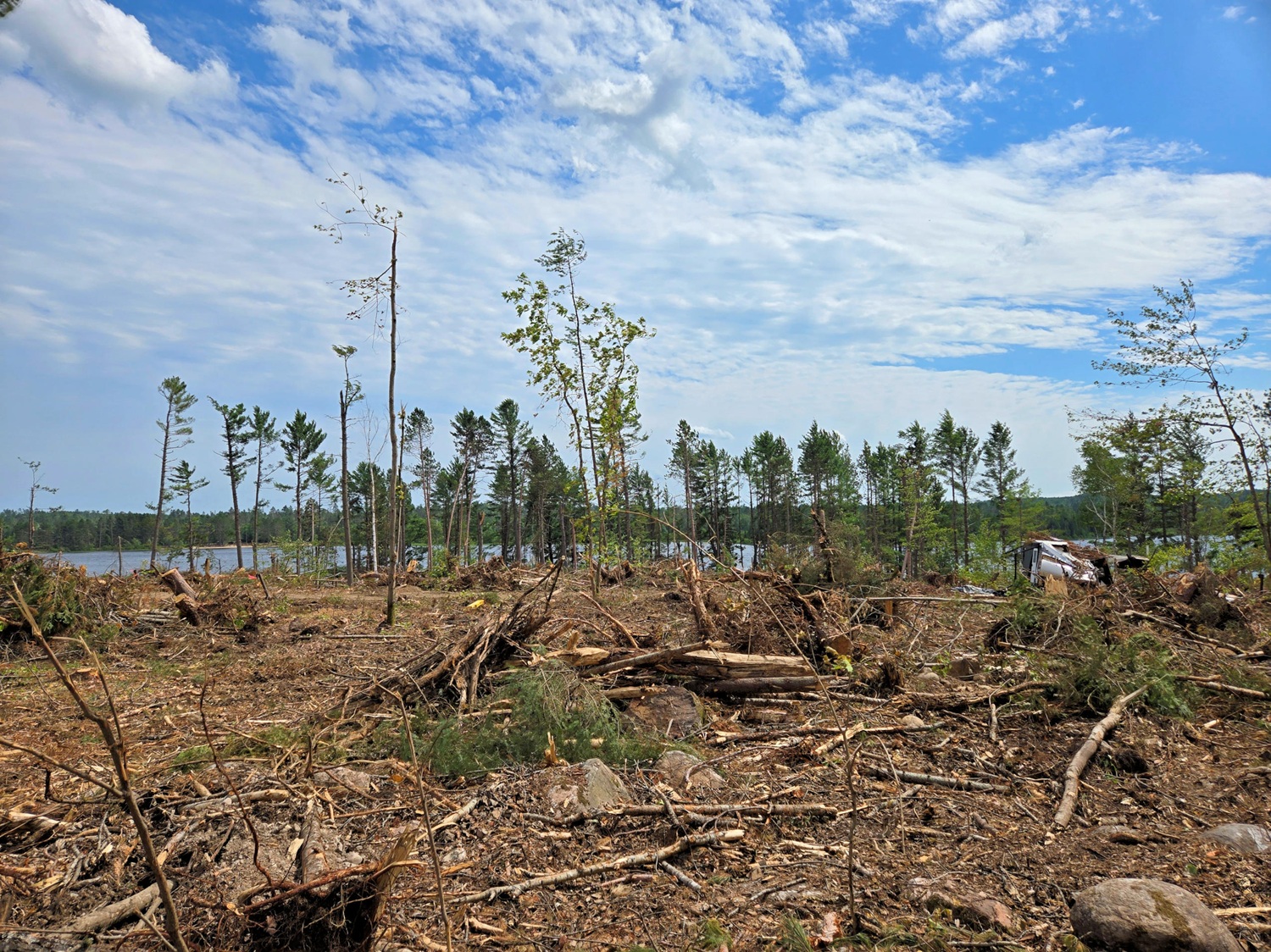
For its 25th year, Killarney Provincial Park is hosting an Annual Butterfly Count.
And if you’re heading to Killarney on July 12, 2025, we’d like your help!
Killarney’s Butterfly Count is part of the North American Butterfly Association (NABA) Count Program.
The information collected by park staff and volunteers helps monitor butterfly populations. The event also gives butterfly enthusiasts a chance to socialize, have fun and raise public awareness about butterflies.
~
Why are we counting butterflies?
Butterflies and moths are indicators of the health of ecosystems. Areas rich in butterfly and moth diversity are rich in other invertebrates. This variety of insects provides a wide range of environmental benefits, including pollination and natural pest control.
An important element of the food chain, moths and butterflies are prey for birds, bats and other insectivorous animals. Butterflies are widely used by ecologists as model organisms to study the impact of habitat loss and climate change.

The data we collect from the butterfly count will be submitted to NABA to compare things like species distribution, environmental conditions, and habitat changes to see if any long-term changes are occurring to our butterfly populations (and — by extension — in the ecosystem).
~
What kind of butterflies will I spot?
Some of the butterfly species you might see include:
- Peck’s Skipper
- European Skipper
- Clouded Sulphur
- Cabbage White
- Little Yellow
- Checkered White
- Bronze Copper
- Silvery Blue
- Banded Hairstreak
- Summer Azure
- American Lady
- Monarch
- Mourning Cloak
(Don’t butterflies have great names?)
~
Okay, but I’m not a butterfly expert…
No worries. We’re fortunate enough to have many experienced butterfly enthusiasts who will be leading our groups for the butterfly count.
It’s not necessary to have any prior knowledge of butterflies to take part.
~
I want to help!
Step one: email us at killarneydiscovery@ontario.ca to register for the July 12 (9:00 a.m. – 5:00 p.m.) event.
Volunteers should bring a bagged lunch, plenty of water, a hat, and sunscreen. If you’ve got a butterfly identification field guide and a net, those would be useful to bring as well. If not, the park has some available to loan.

We will be meeting at 9:00 a.m. at the Nature Centre where volunteers will be split into teams.
~
I’m not free that day — can I still help the butterflies?
Absolutely.
Here are a few pro-butterfly actions you can take on your own:
- Don’t use pesticides in your garden at home. Herbicides (weed-killers) that contain glyphosate kill beneficial food and host plants (like milkweed) that butterflies and moths depend on
- Plant native flowering plants such as Milkweed, Butterfly Bush, asters, and Bee Balm in your garden to provide butterflies with habitat and a food source. NABA has some great tips on the basics of butterfly gardening
- Make every day a butterfly count. Report your sightings on apps like Monarch Watch and iNaturalist


